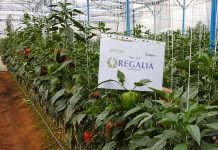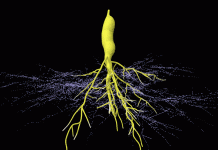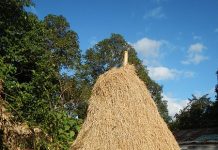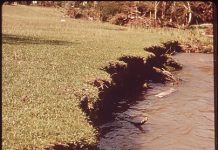Jim Lane
![Cereslgo[1].jpg](http://www.altenergystocks.com/wp-content/uploads/2017/08/Cereslgo_1_.jpg) Address:
Address:
1535 Rancho Conejo Blvd., Thousand Oaks, CA 91320
Founded:
1996
Annual Revenues:
$6.6 million (Fiscal Year ended Aug. 31, 2011)
Type of technology:
Plant biotechnology, gene marker-assisted breeding and other genomics
Fuel Type:
Biomass is the common denominator to advanced biofuels, biopower and bioproducts and is independent of the end-fuel molecule.
Major investors:
Ceres is a public company. Its common stock trades on the Nasdaq Global Market under the ticker symbol CERE. Pre-IPO investors include Warburg Pincus, Soros Private Equity Partners, GIMV and Oppenheimer.
Past milestones:
Completed IPO in February 2012.
Demonstrated at commercial-scale that sweet sorghum could be used as a season-extending feedstock for Brazil’s 400+ ethanol mills.
The company’s 2nd-generation of sweet sorghum hybrids significantly outperformed its initial products during the 2011-2012 growing season in Brazil.
The Brazilian government’s agricultural research corporation, Embrapa, selected Ceres to evaluate its leading sweet sorghum variety for use in ethanol production.
The company’s high-biomass and stress tolerance traits have demonstrated biomass yield increases of ~50% under non-irrigated conditions.
Ceres and a research collaborator in the U.K. completed the first high-resolution genetic map of miscanthus. This milestone is expected to speed development of economically viable seeded miscanthus varieties.
 |
| Ceres CEO Richard Hamilton (right) and Dr. Richard Flavell, chief scientific officer, evaluate improved switchgrass (miscanthus). Image source: Ceres |
Established world’s largest energy grass trialing network
Future milestones:
Ongoing commercial sales and scale-up in pace with bioenergy industry in Brazil, Europe and the United States.
Ceres Traits to Watch
Enhanced conversion: Substantial reductions in the cellulase enzyme cocktails required to release fermentable sugars from plant biomass. This trait could be a key enabler of the large-scale use of biochemical processes and fermentation
High-biomass, low-input traits: High yields and greater yield stability on low-rent, marginal land. Feedstock is 50-70% of operating costs, and land rents can be a significant cost component. These traits could provide a major lever against cost and enable larger volumes/facilities.
Business model:
Seed sales and trait licenses
Competitive edge:
Genetics, intellectual property, early-mover advantage
Distribution, research, marketing or production partnerships or alliances.
R&D: Texas A&M (leading sorghum genetics), Samuel Noble Foundation (Switchgrass genetics) and the Institute of Biological, Environmental and Rural Sciences Institute of Aberystwyth University in the U.K. (Miscanthus genetics).
Development stage: Commercial
Company website : http://www.ceres.net/
Also BladeEnergy.com
Disclosure: None.
Jim Lane is editor and publisher of Biofuels Digest where this article was originally published. Biofuels Digest is the most widely read Biofuels daily read by 14,000+ organizations. Subscribe here.








